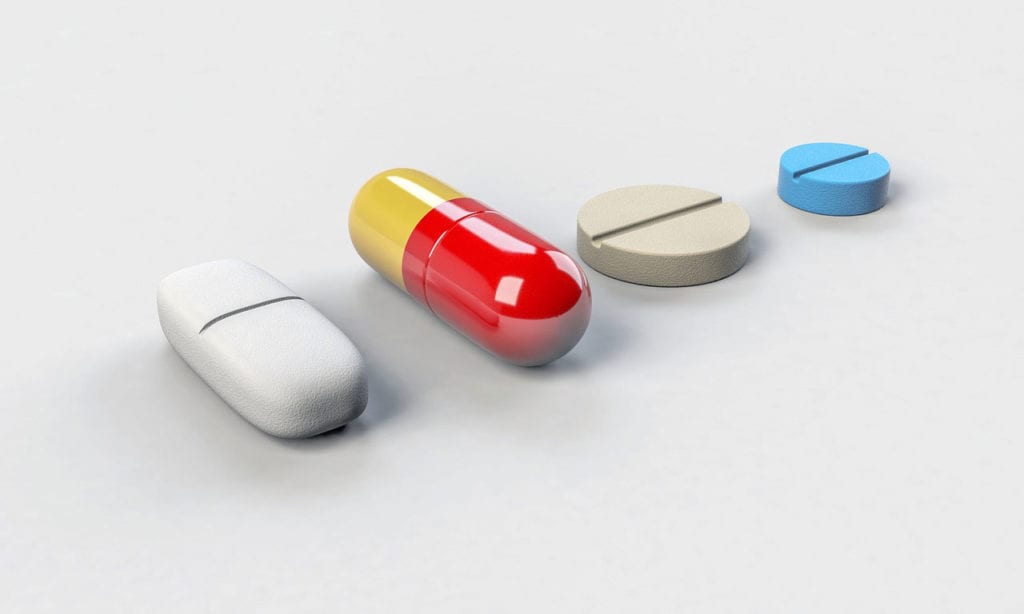Rare disease research can be daunting. It’s much more difficult for rare, or orphan, diseases to find adequate funding to develop treatments than it is for diseases that have larger communities.
All over the world, people are working on ways to spread awareness and counteract this imbalance. One of the most effective strategies has been the Orphan Drug Act (ODA). As U.S. Congress enters debate to restructure tax code, the Orphan Drug Act may be in danger.
There is still hope for ODA! The patient organization, National Organization for Rare Diseases (NORD), is working to make sure the act isn’t going anywhere. They have published a 32 page report, titled “Orphan Drugs in the United States: Providing Context for Use and Cost”, in which they push back against recent criticisms. They aim to demonstrate to lawmakers that ODA is, in fact, effective and essential.
The Orphan Drug Act was developed NORD 30 year ago. It offers tax incentives to pharmaceutical companies to create treatments for rare diseases. The qualifying companies use the Orphan Drug Tax Credit (ODTC) collect tax credits for the expensive clinical trials they run to make sure a treatment is safe. ODA also offers user fees, and for seven years has offered market exclusivity. This helps offset the imbalance, and makes sure that though the rare disease community is smaller, it is not forgotten. NORD’s report demonstrates that one third of rare disease treatments would not have been developed without this incentive.
One example NORD focuses on is Kalydeco (ivacaftor), which treats cystic fibrosis. FDA approved the drug in 2012. At that time, there was only one other treatment available, which only addressed symptoms. When it was approved, Kalydeco only worked in patients who had the G551D mutation and R117-H-CTFR mutation. Today, in 2017, Kalydeco has treatments for 33 different mutations. It lists other examples too, including Sirolimus, a breakthrough therapy that treats women with LAM, a progressive lung disease. Previously, there was no treatment.
ODA has saved the lives of many people. 25-30 million people in the U.S. are diagnosed with a rare disease. More than half are children. Many of these diseases are life threatening, and very few have effective treatment. Although individual diseases may be rare, the community as a whole is large and powerful.
Before Reagan approved ODA in the early 80s, there was less activity in developing treatments for this population. About one new treatment a year received FDA approval. From 1983-2016 590 rare diseases received new, approved treatments.
The pharmaceutical industry is huge. Last year, people in the U.S. spent $460 billion dollars on pharmaceuticals, but rare disease treatment only made up 7.9% of that.
Murray Aitken, executive director and senior vice president of QuintilesIMS, spoke about pharmaceutical costs at the NORD summit. Media often focuses on highly expensive rare disease treatments, such as Spinraza, which treats spinal muscular atrophy with a cost of $750,000 in the first year. While it’s an attention grabbing example, it’s also misleading to focus on outliers. 22% of treatments cost under $6,000, and 36% after that cost between $6,000-$50,000.
In 2016, the median annual cost for a rare disease drug was $32,000, however the top ten treatments used by the most patients averaged significantly less, at $14,909. Additionally, spending on rare disease drugs have increased at a lower rate than speciality drugs.
Mark Lanthier, an analyst at the FDA, rebuts critics’ claims that pharmaceutical companies exploit the ODA by reusing drugs they’ve already developed as rare disease treatments. Fewer than 10% of drugs that were initially approved to treat rare diseases have expanded to include a non-rare use on their label.
The NORD report also emphasizes that drug spending in the US is changing. While it used to focus on inexpensive, high volume drugs, it is now shifting towards treatments with lower volumes and better outcomes for patients.
Rare disease affects us all, whether directly, through a loved one, or through our community. We’re all rooting for better rare disease treatments and cures. This means that we have to look at what, historically, has made those treatments possible, and how we can sustain those efforts in the future.






